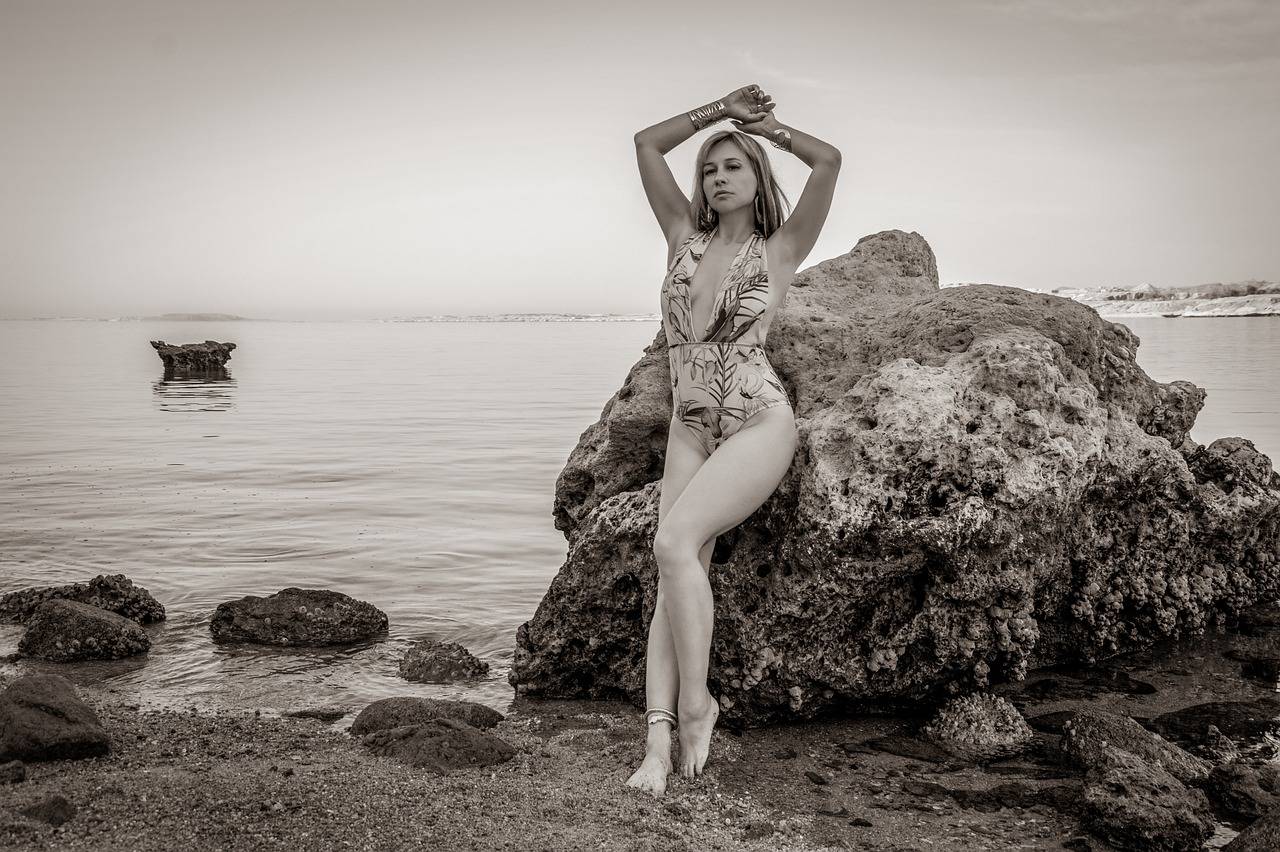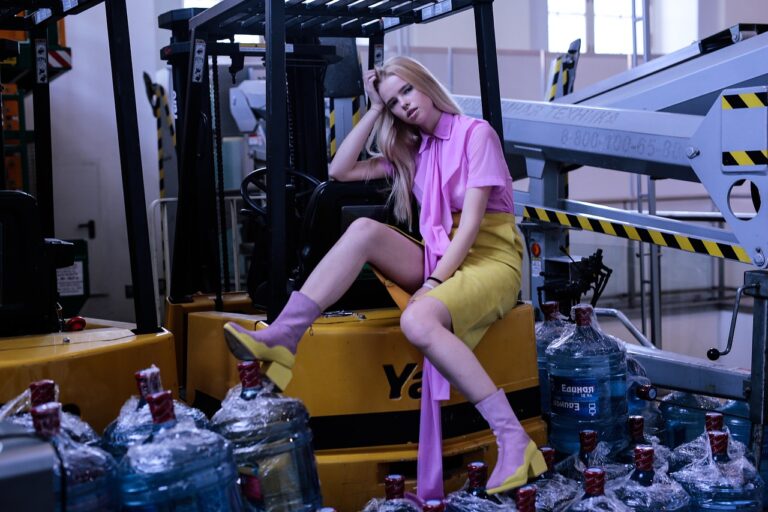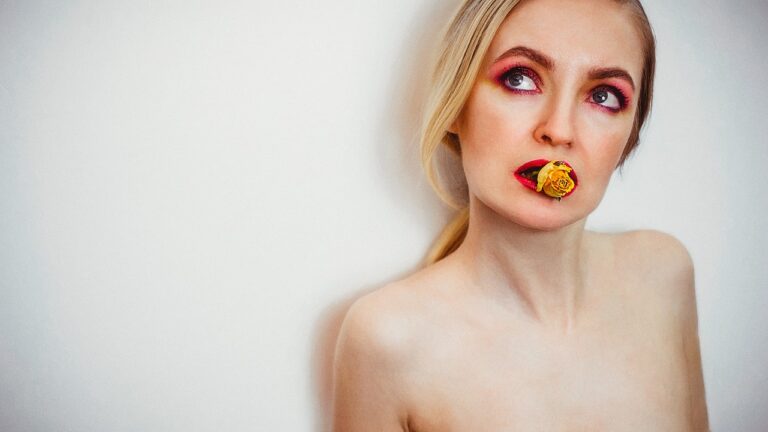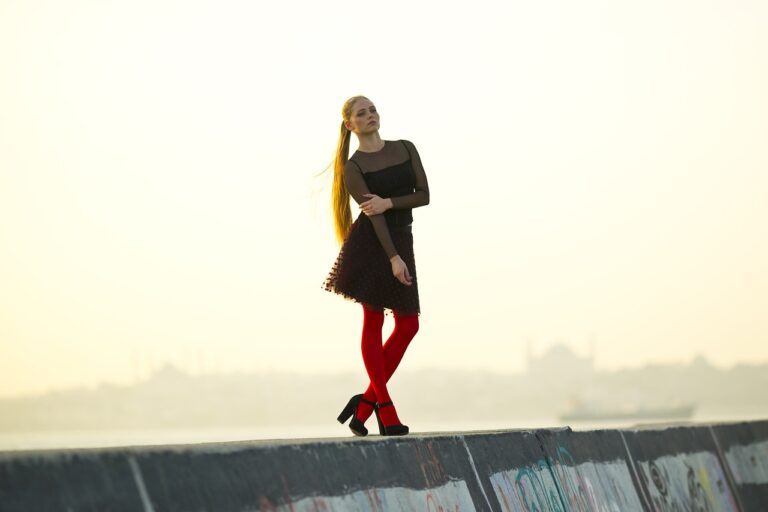Fashion and Cinema: Iconic Costumes in Film History
In the iconic film *Breakfast at Tiffany’s,* Audrey Hepburn’s little black dress has become synonymous with elegance and sophistication. Designed by Hubert de Givenchy, the sleek silhouette of the dress perfectly embodies Hepburn’s character, Holly Golightly, a chic and charming socialite. The dress features a classic boat neckline, sleeveless shoulders, and a midi length that accentuates Hepburn’s slender frame, creating a timeless and effortlessly chic look.
The little black dress worn by Audrey Hepburn in *Breakfast at Tiffany’s* has transcended fashion trends and has remained a symbol of timeless style. With its simple yet striking design, the dress continues to inspire fashionistas and designers alike, proving that sometimes, less is indeed more. Audrey Hepburn’s portrayal of Holly Golightly in this iconic dress has solidified its place in cinematic history as one of the most memorable and influential fashion moments on the silver screen.
Marilyn Monroe’s White Dress in The Seven Year Itch
Marilyn Monroe’s iconic white dress in The Seven Year Itch is perhaps one of the most famous costumes in cinematic history. Designed by William Travilla, the billowing halter dress is simple yet striking, perfectly capturing Monroe’s sensuality and beauty. The scene where Monroe’s character stands over a subway grate as the dress billows up around her has become an enduring image of Hollywood glamour.
The dress symbolizes Monroe’s on-screen persona of the ultimate bombshell, exuding both innocence and allure simultaneously. Its flirtatious design, paired with Monroe’s radiant smile and playful demeanor, created a moment that has been etched into the collective memory of film fans around the world. The white dress in The Seven Year Itch continues to be a symbol of Monroe’s enduring legacy as a timeless beauty and screen icon.
Vivien Leigh’s Green Curtain Dress in Gone with the Wind
Vivien Leigh’s iconic green curtain dress in “Gone with the Wind” emanates a sense of grandeur and drama on screen. Designed by renowned costume designer Walter Plunkett, the dress is a symbol of Scarlett O’Hara’s resilience and resourcefulness in the face of adversity. The rich green color, paired with the voluminous skirts and intricate draping, captures the character’s strength and determination.
The curtain dress not only serves as a statement piece in the film but also represents Scarlett’s ability to transform obstacles into opportunities. The way Leigh carries herself in the dress exudes confidence and charisma, embodying the indomitable spirit of her character. With every ripple of the fabric and every graceful movement, the green curtain dress becomes a visual metaphor for Scarlett’s unwavering pursuit of survival and success in a world turned upside down by war.





